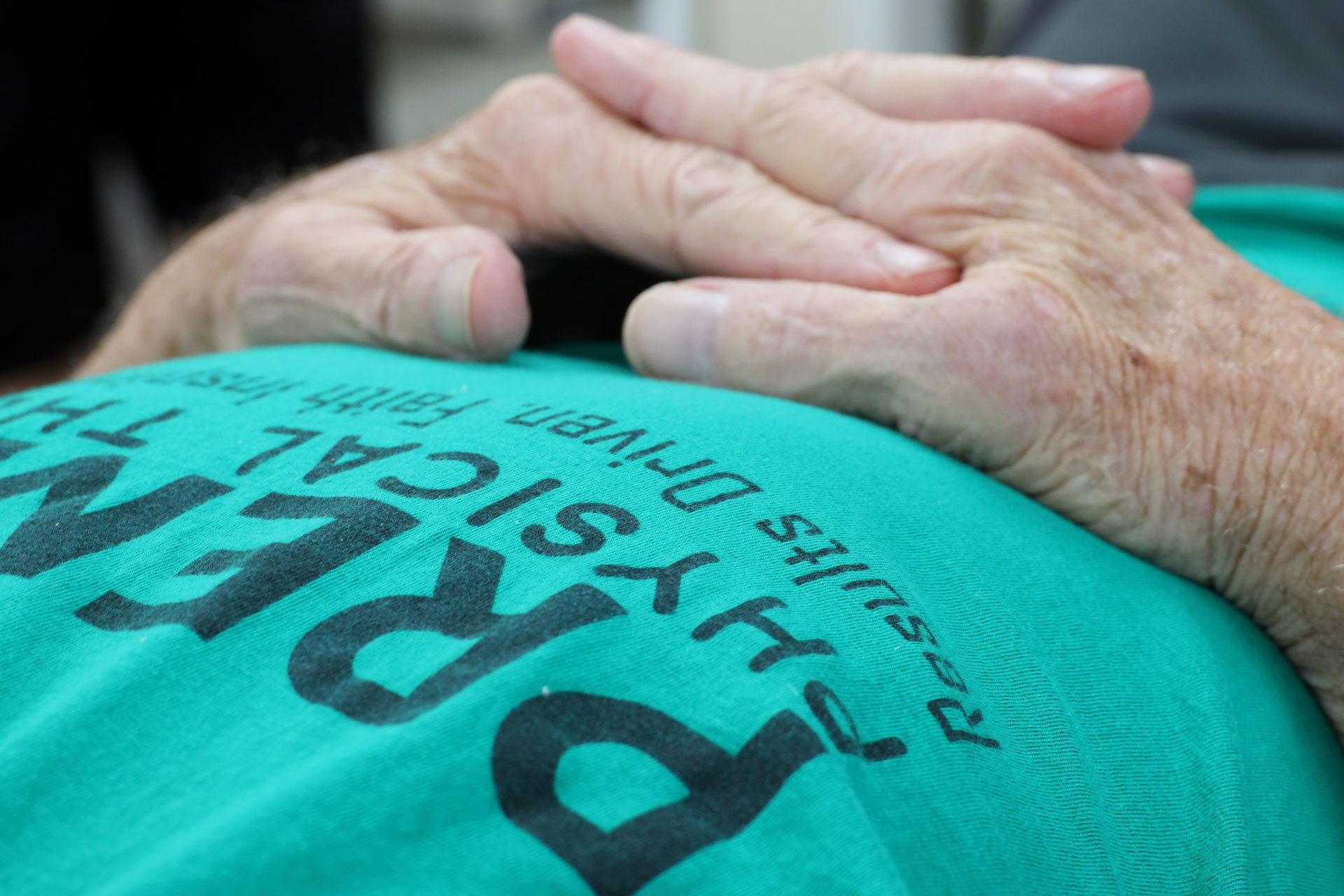The Basics
Arthritis is inflammation or swelling of one or more joints. Over years of research, over 100 types of arthritis have been discovered. Monoarthritis occurs if only one joint is affected; however, if two or more joints are involved, it is called oligoarthritis. A few of the most common arthritic conditions are rheumatoid arthritis, osteoarthritis, and gout.
Arthritis Facts and Statistics
- The cause of many forms of arthritis is still unknown by experts.
- It is estimated that 58.5 million US adults have arthritis.
- According to the CDC, arthritis is a leading cause of work disability among US adults.
- Arthritis is more prevalent in older women.
- Arthritis can lead to other lifestyle diseases.
Risk Factors
Arthritis has some risk factors that we cannot avoid. The three risk factors that cannot be avoided are age, gender, and heredity. The older you get, the more susceptible you are to getting arthritis. Women are more likely to have arthritis, and specific types of arthritis can be linked to certain genes.
Some risk factors that can be avoided or changed are weight, injury, infection, and your job. The more overweight you are, the more likely you are to develop osteoarthritis. If you have had an injury to a joint at any point in your life, you are more likely to develop arthritis. Reactive arthritis can specifically affect joints after an infection. Lastly, if your job requires repetitive movement, it can lead to arthritis in that joint.
Warning Signs
If you feel you have arthritis, check out these warning signs to see if they align with how you feel. Ultimately only a healthcare provider can diagnose you with arthritis, but it is good to know the warning signs.
- Pain – Can be at more than one body part and can come and go. It also can hurt while resting or doing activities.
- Swelling – If you have swelling over a joint that lasts longer than three days or occurs more than three times per month, you should visit your healthcare provider.
- Stiffness – Just like swelling, stiffness is a classic symptom of arthritis. If it occurs longer than one hour, it could be a big red x warning you about arthritis.
- Difficulty moving a joint – It shouldn’t be difficult or painful to move from your chair/get up.
If you have these warning signs, we would suggest you see your healthcare provider, and they can determine if you have arthritis.
Diagnosing Arthritis
Seeing your healthcare provider is the first step to finding the answers to your pain! There are a few different tests they utilize to diagnose arthritis. Those can include:
- Blood Tests
- Joint Fluid Test
- Magnetic Resonance Imaging (MRI)
- Physical examination and review of your medical history
- Ultrasound
- Urine Test
- X-Ray
Arthritis may be in more than one joint, but early detection is best! Early detection is best because arthritis can cause irreversible damage and disability.
Treating Arthritis
You can do many different things to help alleviate your arthritis, depending on which type you have. For example, if you have osteoarthritis and you are overweight, losing weight would greatly help your pain. In addition, some generalized treatments can help most arthritis conditions.
- Physical Therapy – Therapy will strengthen the muscles around your affected joint by doing exercises. Therapy can help improve your mobility and ultimately help you stay moving!
- Medication – There are a variety of prescriptions that can help with pain and also reduce inflammation.
- Surgery – Generally, this is performed on hips or knees, and sometimes it is an option for a replacement of the joint.
Premier Physical Therapy Treatment of Arthritis
Here at Premier Physical Therapy, we would start you off with an initial evaluation with one of our Physical Therapists/Certified Hand Therapist. They would help get to know you, your diagnosis, and your goals. Then it’s our turn to educate you on what arthritis looks like and how your specific treatment will look.
Throughout your treatment, you will learn exercises to perform at home to keep strengthening the muscles around your joint long after you’re discharged. Our team can perform techniques that can “unload” the joint as well. We also want you to learn important things that could assist your progress, like posture or body mechanics, do’s and don’ts with hot/cold packs, nutrition, and how to properly use a cane or walker. For some arthritis conditions in the hand, a splint may be suggested, and our therapist can make a custom one for you.
Let us be your guide through this process and understanding of arthritis. We are happy to answer questions and try a few different treatments to find what works best for you and your body. So give our knowledgeable and friendly team a call today at 573-335-7868.


